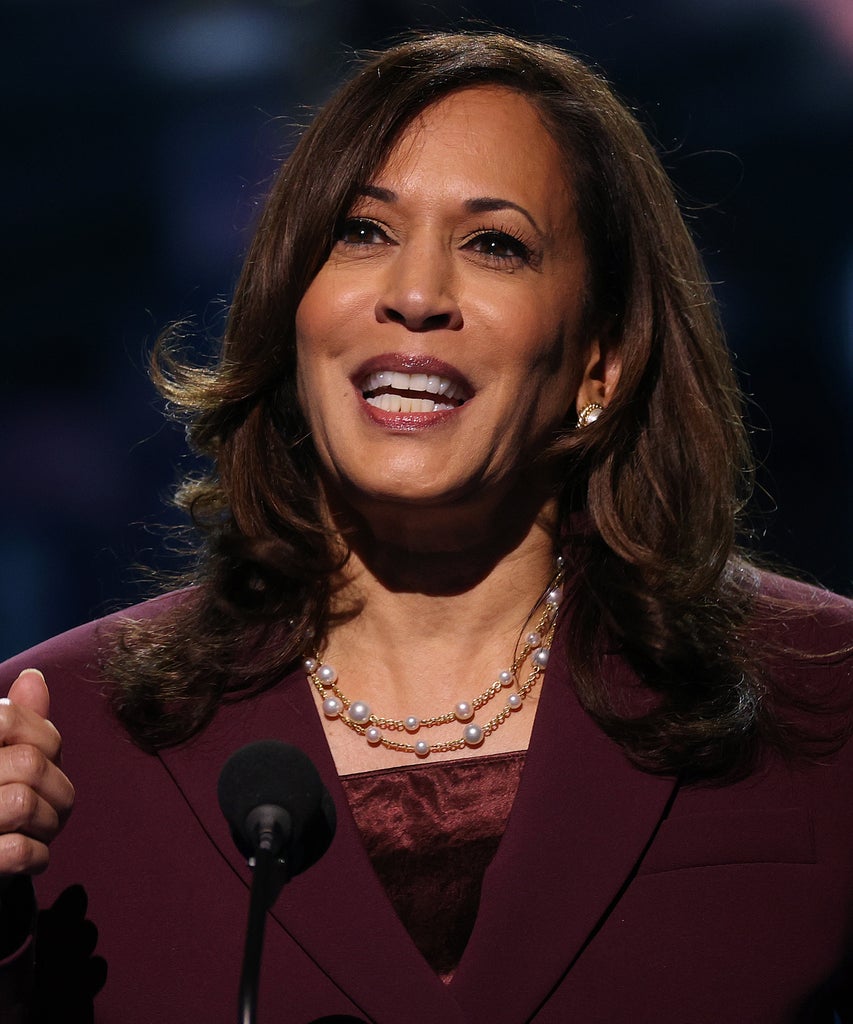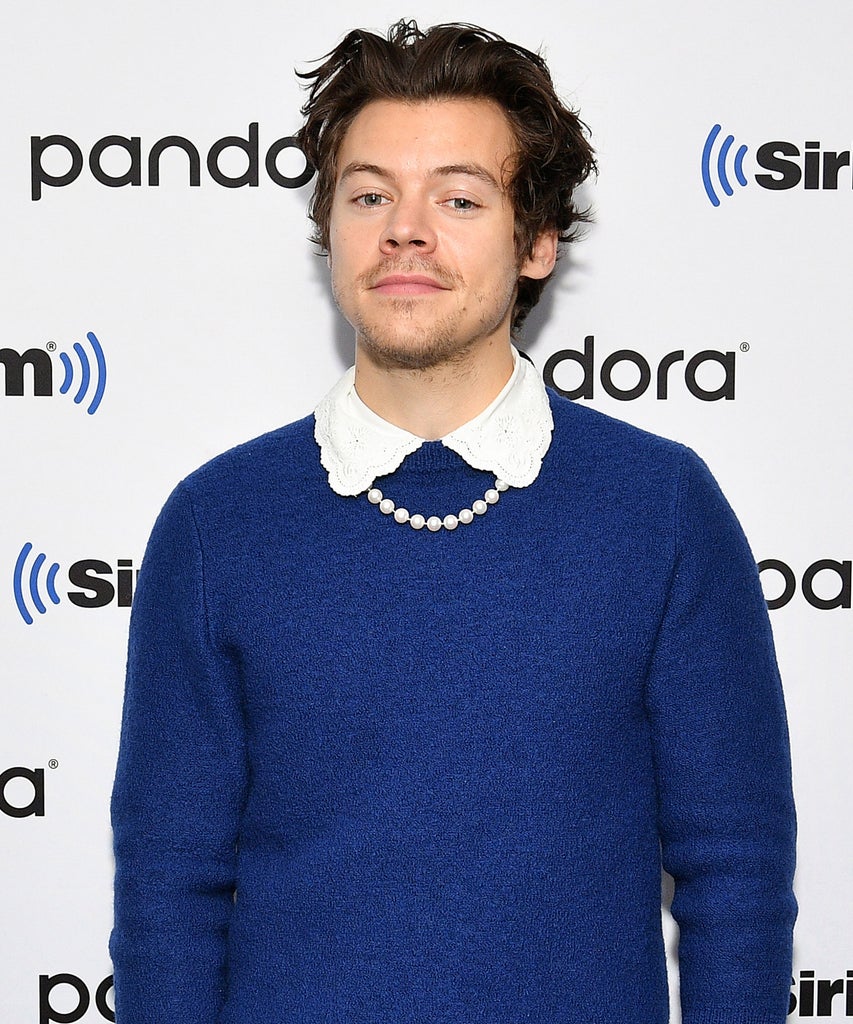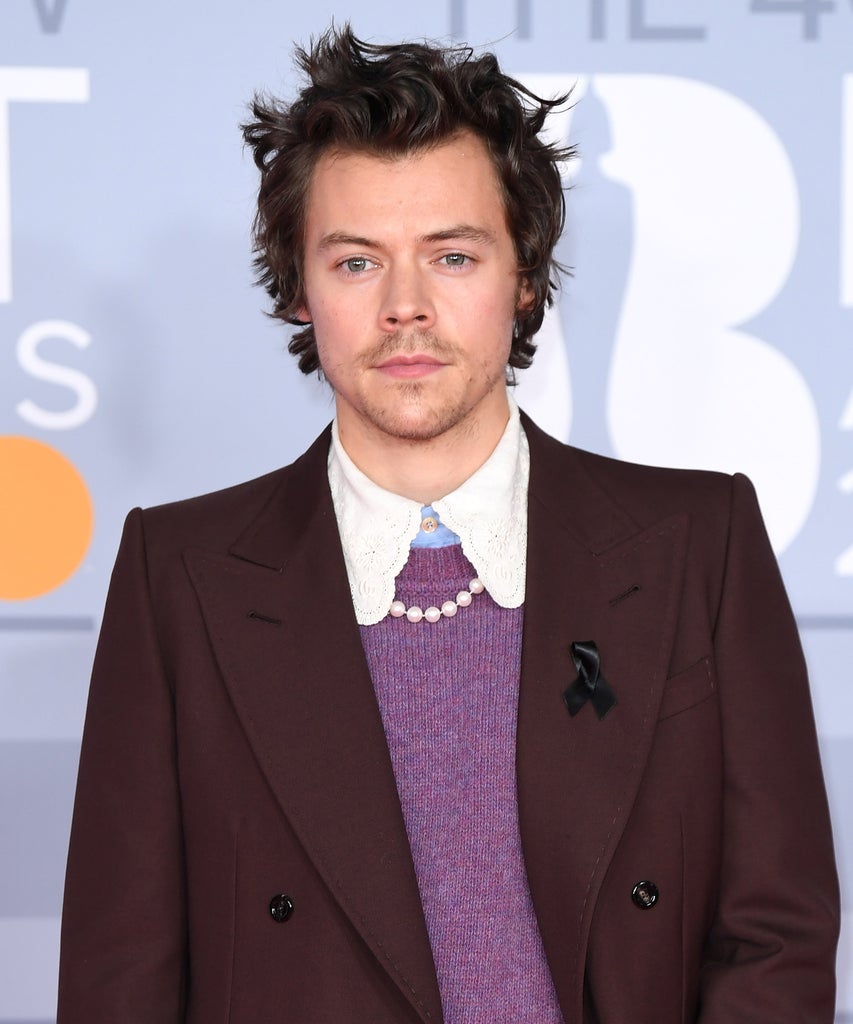
The expression “not your grandmother’s pearls” is as tired as the idea that pearls have ever been out of style in the first place. While there are certainly fewer young people now wearing classic single-strand necklaces than in the past, thanks to runway designers, pearls have undergone a renaissance of sorts in the last decade — shedding that grandmother’s-jewelry box image and transforming into statement pieces in the form of Chanel’s layered pearl chains (of The Devil Wears Prada fame) and Rochas’ pearl clutches. But the classic strands haven’t disappeared, either, proving the accessory’s timeless appeal. “Pearls always had a longstanding status as luxury, especially because of the laborious process in collecting the pearls and then manufacturing them into accoutrements,” says Darnell-Jamal Lisby, fashion historian and curator. “Pearls equate to displaying luxury and elegance.” It’s no wonder, then, that they have been a mainstay of the powerful elite — specifically, in politics.
As ubiquitous as the colors red and blue, pearls are synonymous with First Lady fashion, first appearing on Martha Washington and later canonized in political fashion history by Jacqueline Kennedy and Barbara Bush. Lisby cites pearls’ popularity as being related to both “respectability politics and personal display of austerity.” He says, “[As] a FLOTUS, their role is to act as a canvas to their partner’s policies. For them to dress in fashion choices that overshadow their partner’s platform, instead of complementing it, has been traditionally seen as uncouth. Therefore, if you look at many of [their] fashion choices over the years, it’s very restrained, comparatively, to what was avant-garde or fashionable during their time.”
While Kennedy Onassis became known for wearing the traditional single-strand white pearl necklace of her predecessors, Bush popularized pearls of the costume jewelry, faux, three-strand variety from Kenneth Jay Lane. And then, from 2009 to 2017, Michelle Obama made her mark in her signature double strands. Despite the slight variations, all these looks have signified an understanding of tradition and embodied understated elegance. “Some First Ladies, like Jackie Kennedy and Michelle Obama, were fashion icons in their own right, but the fashion they wore did not veer into overshadowing their partner; thus, in my purview, among other accessories, pearls became a staple symbol of subtle display of style,” says Lisby. “Also, there is a high level of presence one must display to be a FLOTUS as representative of the United States, and from where I stand, pearls easily translate that required display.”
The accessory continues to be a silent uniform of sorts for women inside the White House, ranging from Hillary Clinton to Nancy Pelosi — now, though, with a modern twist. In addition to the double strands, Obama frequently sported contemporary styled takes on the accessory, which involved layering strands on top of strands for statement looks for the more formal White House events. Rep. Ayanna Pressley — who in 2018 became Massachusetts’ first Black woman elected to Congress — has likewise opted for oversized styles. But the person who has most come to embody the pearl’s place in politics today is Kamala Harris.
The U.S. Democratic vice presidential nominee has long worn the accessory, going back to 1986 when she wore a pearl necklace in her Howard University graduation picture, in a nod to her sorority. “Kamala Harris is a member of the Alpha Kappa Alpha Sorority, which is the first of the Sorority of the African American Divine Nine Black Greek organizations. The symbolism for the AKA sorority is pearls, which each pearl represents the original founding and incorporated members who started the sorority in 1908,” says Lisby. “Pearls are symbolic of her celebration of her heritage and the sisterhood of the AKA and other Black Greek organizations.”
While Harris has embraced this tradition throughout her life and political career, it’s not unusual to see her sporting more “unconventional” styles, like the chain style from Irene Neuwirth, featuring spaced-out pearls of varying sizes, that she wore to accept her candidacy for vice president at the Democratic National Convention (seen in the picture above), or the Tahitian pearls she wore to pay her respect to the late Supreme Court Justice Ruth Bader Ginsburg. Even when she does wear the traditional pearls, Harris doesn’t hesitate to match them with something unexpected, like a pair of Timberland boots or her go-to Converse sneakers, subverting their symbolism of traditional, quiet femininity as seen on someone like Bush, and becoming transgressive on someone who won’t be relegated to the sidelines. On the one hand, it shows an understanding of tradition and respectability, something that, despite the current president, is still deemed important in politics (especially if you’re a woman!); on the other, the ability to understand what politics means in today’s world where it’s more common to find politicians running around in Timberlands and Telfar bags than attending formal parties in opera gloves. An item used to symbolize tradition, on the neck of someone like Harris or Rep. Alexandria Ocasio-Cortez (who has also worn an unconventional pearl necklace in the past), becomes a powerful statement: This is a woman not beholden to tradition, and unafraid to shake things up.


The trend is not limited to just politics or women. The proof is in the number of famous men who have taken a liking to the traditionally feminine accessory, more associated with Audrey Hepburn in Breakfast at Tiffany’s than music arenas like Madison Square Garden. Most notably, Harry Styles created a spike in demand for the accessory after styling the pearl necklace a variety of ways for his Fine Line press tour earlier in the year. Other musicians, like Shawn Mendes and Jonas Brothers, have likewise sported the timeless style statement recently, as has fashion designer Marc Jacobs.
Men wearing pearls is not a new trend by any means — Pharrell walked in pearls for Chanel back in 2016, A$AP Rocky sported necklaces and a ring to a Dior show in 2018, and Billy Porter dripped in pearls for NYFW in February of last year. And it goes further back than even the last half a decade.
“If you see paintings depicting royalty or the aristocracy from the 18th century and prior, you can see that pearls were often embroidered in their clothing. Obviously, some artists took their own liberties to embellish, but it was commonplace for aristocratic men to be seen wearing clothing embroidered with pearls during various periods in fashion history,” says Lisby. “Today, when I see Black musical artists or style icons wear pearls, I think it’s subconsciously an evolution from the gold chain in some ways. For many years, we’ve all seen a very specific experience of the Black community associate the gold chain to prosperity and therefore adopting it into their style if they can afford it. I think in a way, the pearls are a natural transition of that symbolism, and I wouldn’t be surprised if we see younger artists 15 years down the line don pearl necklaces regularly.”
While, in the past, men frequently wore gender-nonconforming accessories and silhouettes to the kind of events and performances where statements outfits were expected, now celebrities like Porter, Styles, and Jacobs are pushing gender norms by wearing heels, nail polish, and pearl necklaces in their day-to-day life, rather than just the Met Gala. Lisby sees this as “a sign of the broader culture changing to solidifying that there is a space of gender-neutrality in society and that gendered constructs when it comes to fashion should be dismantled.”
That said, there is no denying that the pearl necklace is experiencing an evolution of sorts, with the accessory moving away from a fashion statement symbolizing tradition and establishment to one of modern sensibility and transgression. And so, no, you might not be wearing your grandmother’s pearls — or maybe you are, and you’re sharing them with your boyfriend.
Like what you see? How about some more R29 goodness, right here?
Here’s What’s Inside AOC’s Telfar Shopping Bag
Powered by WPeMatico






